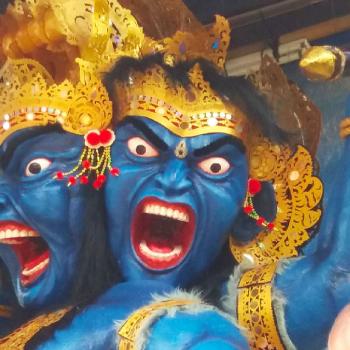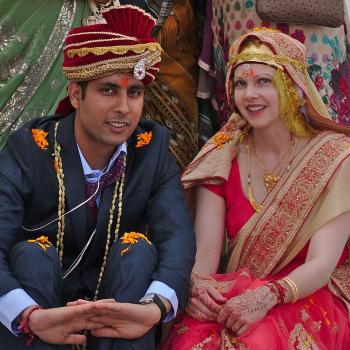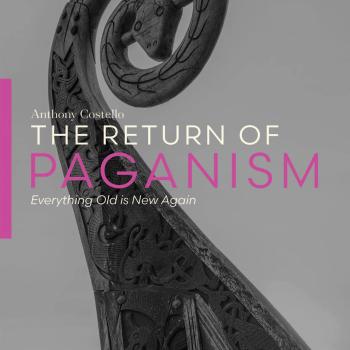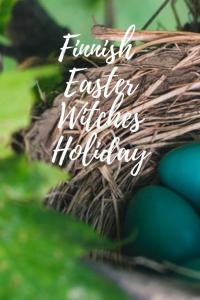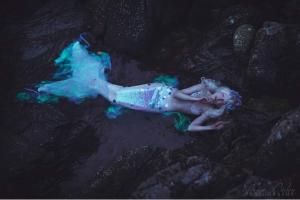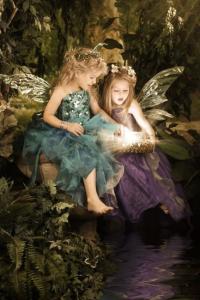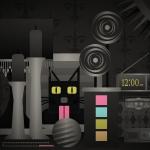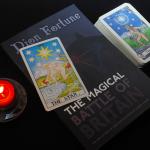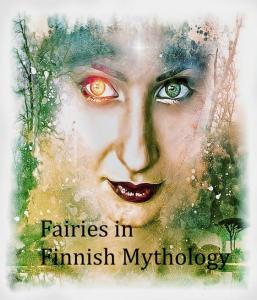
Spirits around us
The worldview of the ancient Finnish tribes was animistic and it was believed that everything in nature had its own soul and spirit. Nature was filled with invisible spirits and many of them had the ability to affect the lives of men, therefore, respect for nature and its powers was essential in order for people’s survival. Fairies in Finnish folk tales are not small, winged pretty ladies but they come in all shapes and sizes.
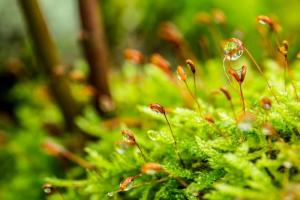
Daughters of Nature
In Finnish mythology, a different phenomenon in nature was often personified as feminine entities. Nature itself was a goddess called “Luonto” and it literally means nature in Finnish. Daughters of Luonto were a group of maidens called luonnottaret. According to the legend, maidens were moving grains on a misty cape on a foggy island and making it into hay. After spreading it out sea monster Tursas burned it into ashes. As it happened maidens were out of ash for they had to wash the face of the sun’s son (Paiva the day) but before they could collect the ash wind of the northeast whished it away to the banks of a holy stream and from it, splendid oak sprang. This myth is similar to the Baltic story about three goddesses of faith who were ploughing hay when a man rose from the sea. He cut a giant tree which hid the sun.

Spirits of Air and Fire
The primordial Finnish god of the air was called Ilma. The female personification of the air was Ilmatar but the relationship between the two is unclear. Nunnus was the daughter of the air. Her job was to bring frost, ice and freezing breeze. Ismo was the bringer of rain. Kapo was a little girl who was the spirit of the rainbow. She was also the maker of salve and shamans would call her to heal injuries. Sumutar was the daughter of the mist and she recited in dark murky swamps. Auteretar was the goddess of dawn. Panutars were spirits of the flames. They were daughters of Panu spirit of the fireplace.
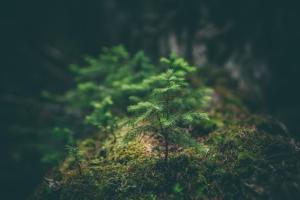
Tree Spirits
Each tree species was believed to have its own haltija the protector spirit. The Spirit of juniper was called Katajatar (kataja = juniper). They were told to be the most beautiful and kind-hearted of all tree spirits. Havutar was spirit of conifer trees. Hongatar was the spirit of pine trees (honka is an old Finnish meaning a dead pine tree or an extremely tall pine tree). Pihlajatar was the spirit of the rowan tree (pihlaja = rowan). Tuometar was the spirit of bird cherry (tuomi = bird cherry). Often tree spirits were considered to be daughters of Tapio the forest god and huntress goddess Mielikki. Tree worship was very common among Finno-Baltic and Saami tribes. Families had special trees in the yard called haltijapuu a fairy tree. There was a spirit living inside the tree and during major holidays and life events, family members would leave food and other sacrifices under the tree. Haltijapuu was planted when the family moved into the house or when a child was born.
Keijungainen
The idea of a small, winged fairy did not appear in Finnish storytelling until the beginning of the 20th century through Victorian children’s book illustrations. In Finnish folklore nature spirits rarely had wings. They were described to look exceptionally beautiful women. The Finnish word for fairy “keiju” is derived from Keijungainen. It was a small winged creature whose body was all covered with either black or white fur. They lived in cemeteries and the best time to see them was during Kekri (all hallows eve) when they were dancing upon the gravestones. Folk tales tell that when a person was about to die they might see Keijungainen flying around them.
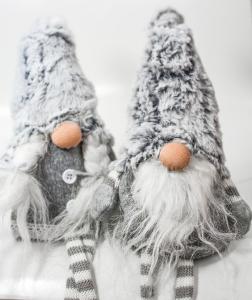
Tonttu
In Finnish mythology, there are several species of elves. The most well-known ones are tonttu’s. The Word tonttu is derived from the word tontti which means an estate or a place of a building. Tonttu was a protector spirit of a building. They were connected to ancestral worship and according to legends person who build the house became the guardian spirit of it after they had passed away. In the same way, the first person who took a bath in the sauna became the spirit of the sauna in the afterlife. Tonttu’s were also found in granaries, stables and cowsheds. Tonttu was usually described to be a small older man or a woman. Male tonttu had long white beards. The most common tonttu’s in modern Finland are joulutonttu’s the Christmas elves who live in Lapland working for Santa Clause.
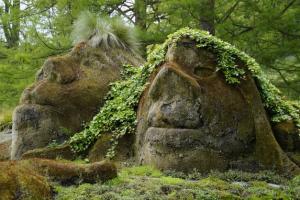
Maahinen
Gnomes were known as maahinen or menninkainen. They were little people who lived underground. Maahinen is derived from the Finnish word maa meaning earth. It was believed that the land of the maahinen was similar to the human world but everything there was upside down. When it was daytime in the human world it was midnight in the land of maahinen. Menninkainen’s were similar to maahinen but they were more closely connected to the forest, plants and animals. The magic of elves was ancient and powerful. It was dangerous business for men to disturb them.
Learn more about Finnish mythology




